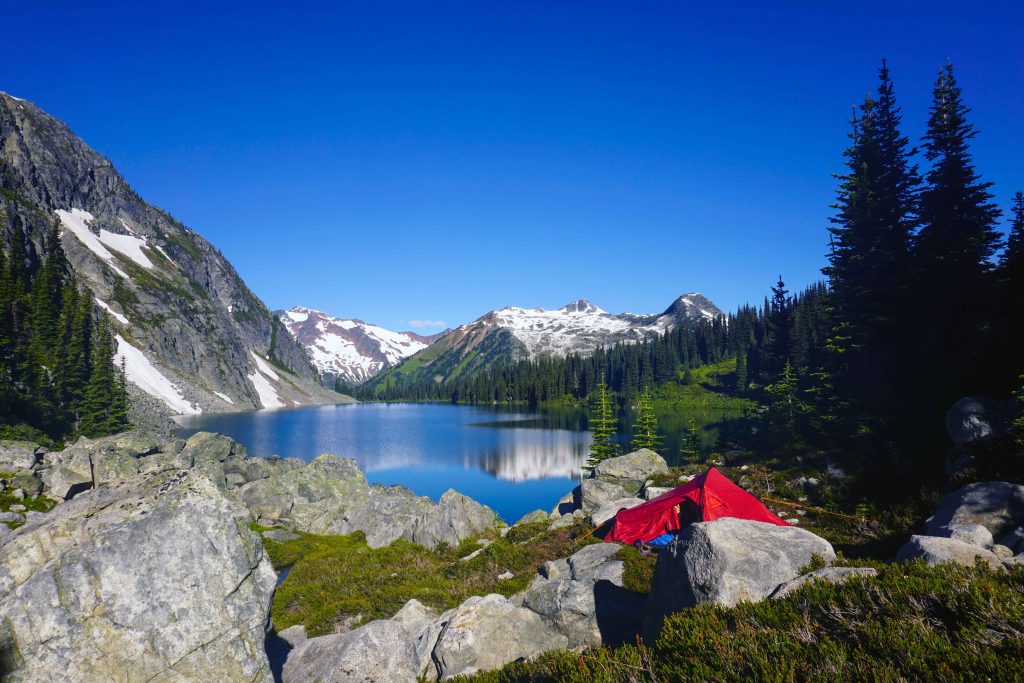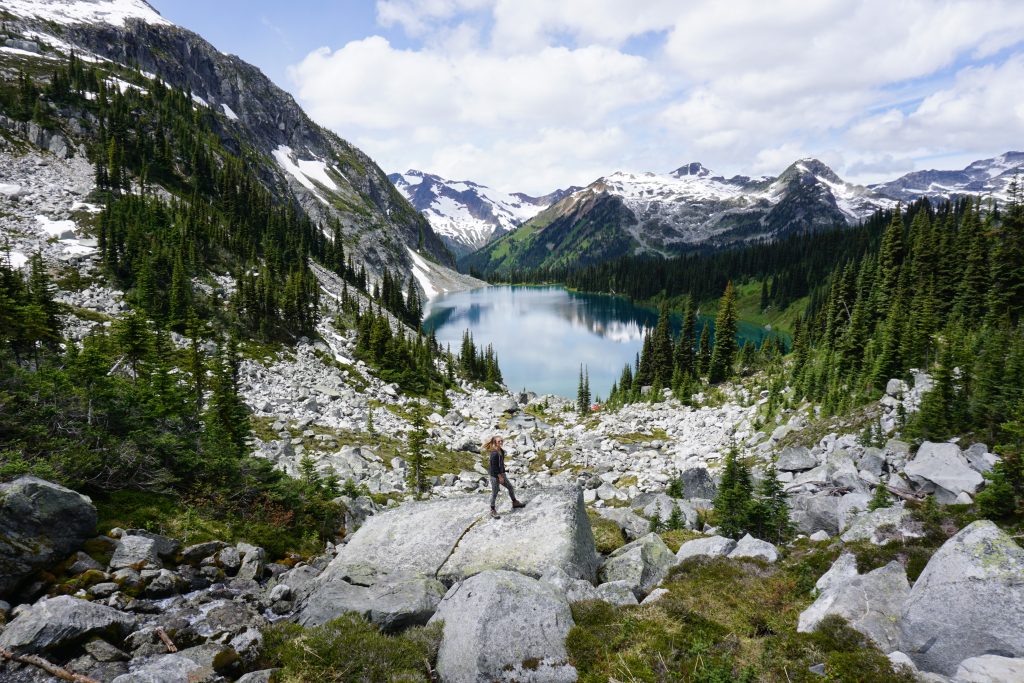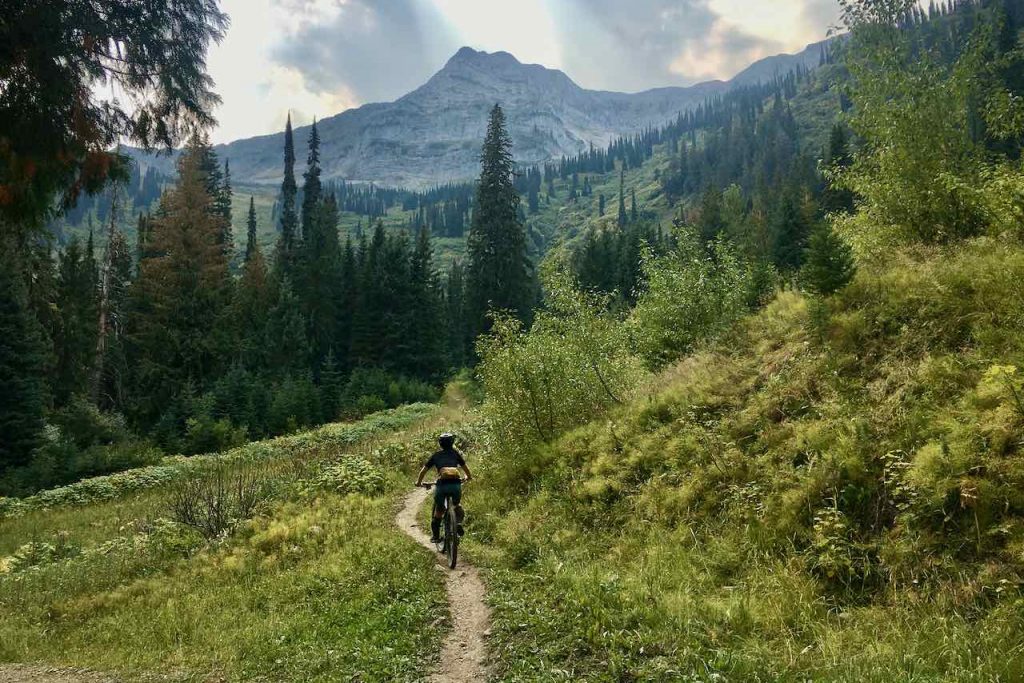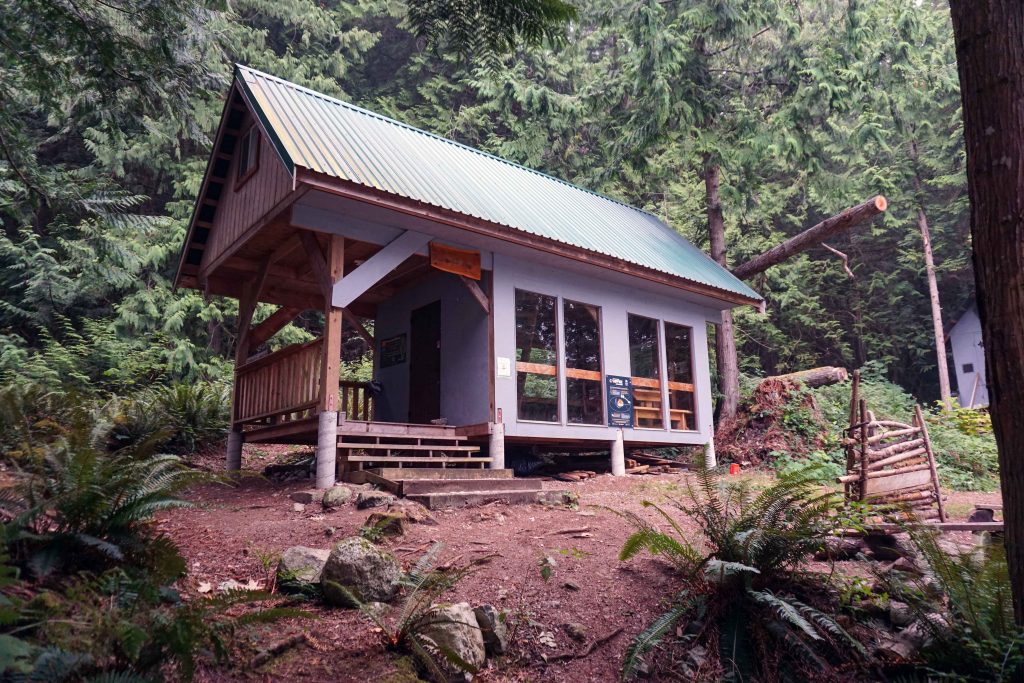Sure, expensive hotels are nice, with their fluffy towels and pressed linens. But if you ask me, nothing beats packing up your rucksack, venturing into the wilderness and setting up camp for the night. Not even The Ritz.
Overnight hikes into the backcountry are a challenge, of course. But they’re also so rewarding. You can go further than you otherwise would during a day hike, and it gives you more time to spend at a favourite lake or a beautiful vista. You can also set up a basecamp and explore the area further, without your bag weighing you down.
However, if you’ve never done an overnight hike before – also known as wild or backcountry camping – then it can seem a little intimidating. You might be asking yourself: ‘can I really pack everything I will need for a night (or more) and carry it for miles on end…and then carry it back again?’
Let me tell you – with the right planning and the right mindset, the answer is undoubtedly yes!
However, I’m obliged to warn you that it can take a lot of practise to hone your backcountry camping skills. I remember doing my first overnight hike at school as part of my Duke of Edinburgh Award. I had an impossibly big bag which weighed a ton. After many gruelling hours of walking I arrived at camp, my shoulders torn to shreds, my hips in agony, and little desire for a repeat performance.
Thankfully I did give it a second go, and a third, and then I got hooked. There were times when I took too much, and times when I took too little, but now (a little bit like Goldilocks’ porridge) I feel like I’ve got it ‘just right’. Yet it would be nice if you didn’t have to go through the same trauma as me. So, if you’ve always wanted to try an overnight hike but you’re not sure where to start, here are a few tips to help you along your way.
Get the right bag
Having the wrong backpack can result in tortuous discomfort, particularly on the shoulders, back and hips. Therefore it is well worth getting your mitts on a backpack which fits your body. Play around with the straps and continue to adjust them until it feels comfortable. About 80% of the weight should be rest on your hips and 20% should rest on your shoulders.
You might be tempted to go for the smallest bag you can find, but don’t forget, you need to have enough room for all your stuff! It’s difficult to say what size is best as it will depend on so many factors, such as how long you’re going for, how small your gear packs down, and how good you are at cutting the non-essentials from your life. Generally, something between 50L and 65L is suitable. If you’re planning on sleeping in a hammock, you can get away with less.
Invest in lightweight gear
Buy, rent or borrow lightweight gear. Seriously, it makes a huge difference. In particular, having a small lightweight tent, roll-mat or mattress, and compact sleeping bag are key. Not only will it leave more space in your bag for other essentials, it will reduce the amount of weight you’re carrying. Which is, as I’m about to explain, absolutely vital.
What do you really need? Really?
It falls on your shoulders to take everything you need – quite literally. Unless you really enjoy pain, you’re going to want to make your bag as light as possible. That means that every single thing you pack needs to be there for a reason.
Now then, that doesn’t mean you should leave out sensible things, like a medical kit. Rather, cut down on the luxuries and non-essentials. Remember, you’re going backcountry camping, not to luxuriate at the Fairmont. If you’re going for one night, you don’t need seven outfits. And no, you don’t need your favourite fluffy pillow!
Think carefully about food and water
When you arrive at your destination, there won’t be a 7/11 will aisles full of delicious snacks and hot coffee on tap. Oh no. And if you don’t have enough food and water, it will make for a very miserable (and potentially dangerous) adventure.
When it comes to water, you’ll probably need more than you think. Hiking with heavy backpacks on is thirsty work, and you may also need water for cooking. Check whether there are any fresh water sources en route where you can refill, bearing in mind that creeks and rivers can dry up during the warmer months. If there aren’t any, carefully consider how much water you will need and load up your bag. Yes, it’s heavy. But you’re going to need it.
As for food, there are a variety of options available. Lots of people opt for the pouches of freeze-dried food. If possible, I avoid these in favour of homemade food. If you do too, don’t plan meals that require every single pot, pan and utensil in your kitchen cupboard (or lots of water). Instead, think about what is going to be easiest on a single gas-burner.
If I’m just going for one night, I’ll normally pre-cook a meal and simmer it for hours, meaning it reduces right down and can be easily packed into a small jar. When it comes to dinnertime at camp, I simply need to heat it up and rehydrate it with some water. Et voilà, a delicious meal is served!
Prepare for Leave No Trace principles
Whenever you are in the great outdoors, practice Leave No Trace principles. Pack out what you pack in, taking all your rubbish and trash home with you. If you need to relieve yourself (you know what I mean!) then bury it. And if you are camping for the night, don’t disturb the local flora and fauna when pitching your tent.
Have a practise run
It can be a great idea to have a practice run. Lay out everything you think you would take on an overnight hike, pack it in your bag, then go on a short walk or hike (preferably a trail you know well, so you don’t get lost). This will give you a good idea of how it feels to hike with a backpack, and whether you can realistically manage to carry the weight for an extended period of time. If not, you may need to shave a few pounds.
Start with something easy
For your first backcountry camping experience, don’t go crazy. You don’t need to conquer the world just yet. Instead, choose an easy route with minimal elevation gain, little to no technical sections and pleasant weather conditions. Once you’ve refined your skills and grown in confidence, you can start on some more difficult trails, or even multi-day hikes. It won’t be long before you’re eyeing up Everest basecamp.





